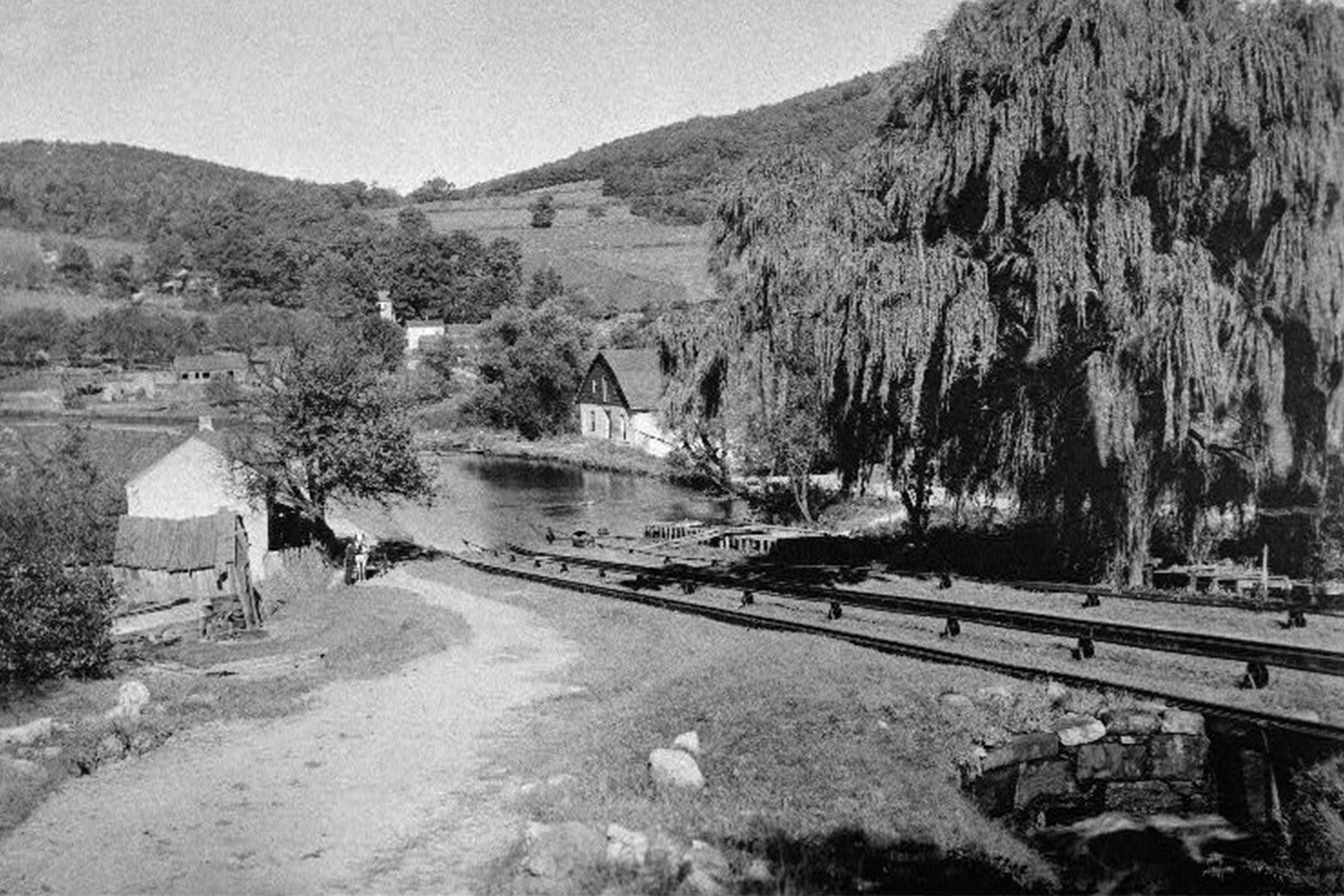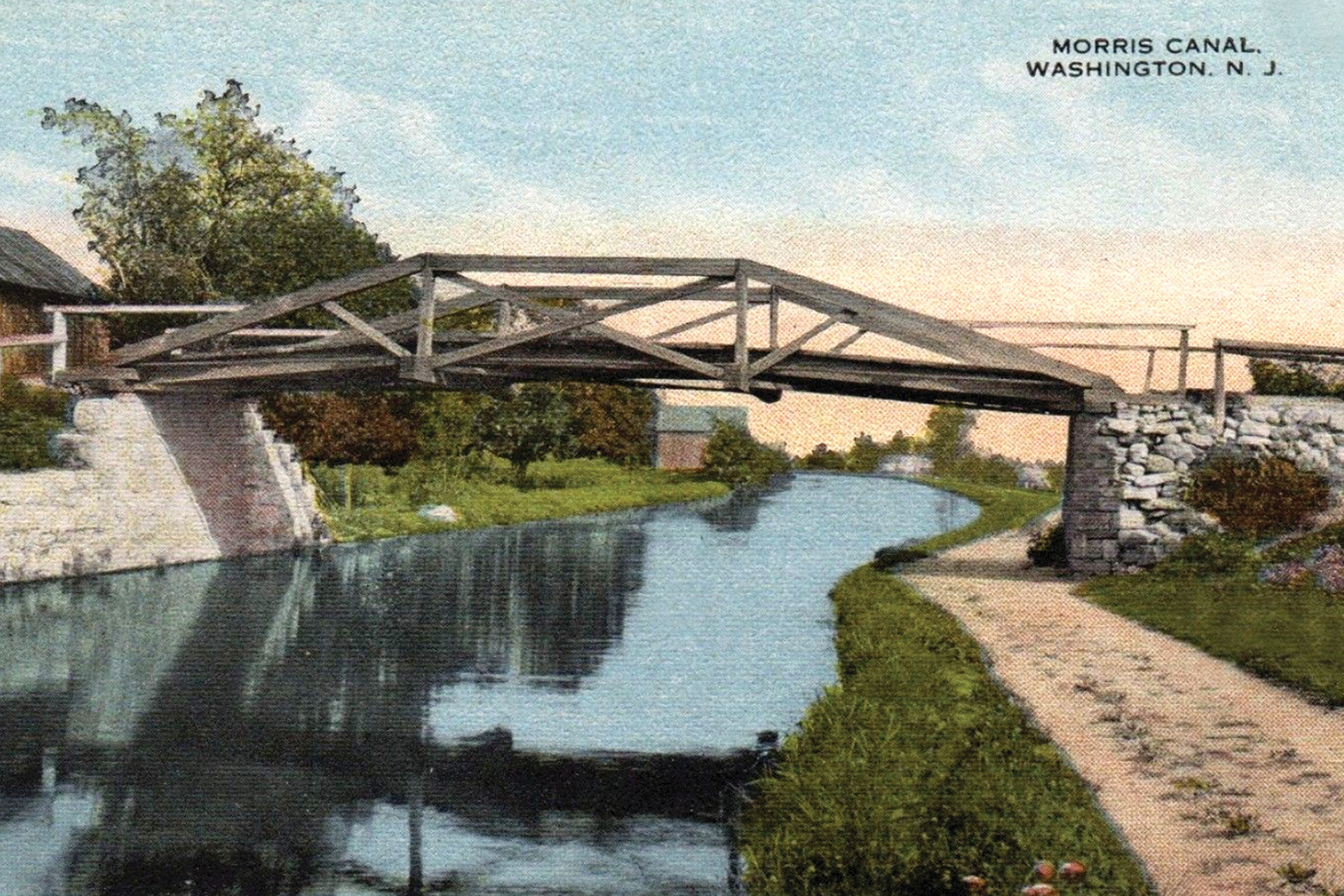Explore the
Morris Canal
The Vision Behind the Morris Canal
In 1824, the Morris Canal & Banking Company (MC&BC) was chartered to construct a canal that would transport Pennsylvania coal to growing markets along the eastern seaboard. By passing through New Jersey’s iron district, the canal provided the critical transportation system needed to foster economic growth. Towns like Dover and Rockaway, once quiet settlements, transformed into thriving industrial hubs. The canal opened in 1831, and by 1836, it extended from Newark to Jersey City, connecting to New York Harbor.

An Engineering Marvel Across New Jersey
The Lifeline of Commerce


The Decline and Legacy of the Morris Canal
Preserving History Through the Morris Canal Greenway

Morris Canal Greenway Brochures
PDF Printable Brochures
Bergen County – Jersey City Canal Walk
Morris Canal – Wayfinding Signs
Morris County – Greenway Brochure
Morris County – Boonton Walking Tour
Morris County – Wharton Walking Map
Morris County – Ledgewood Canal Walk
Morris County – Mount Olive Canal Walk
Morris County – Stanhope Canal Walk
Passaic County – Greenway Brochure
Warren County – Greenway Brochure
Warren County – Hackettstown Canal Walk
Warren County – Port Murray Canal Walk
Detailed Information
GENERAL INFORMATION
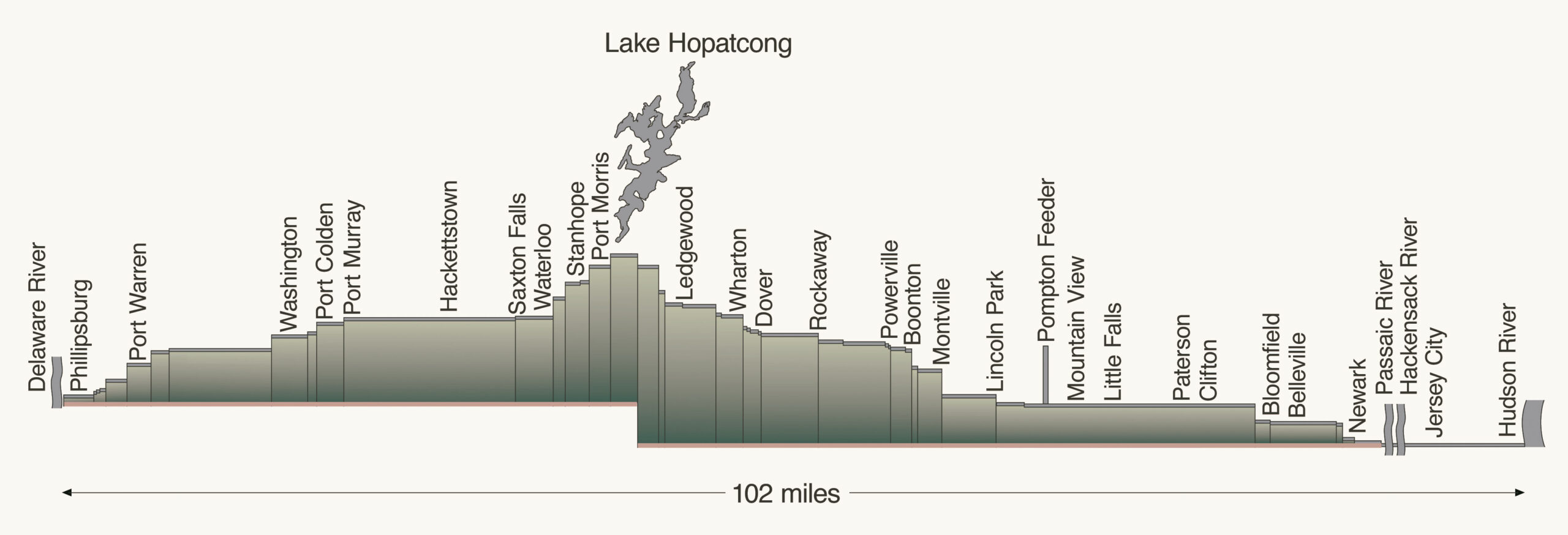
Length of main canal
- Phillipsburg to Jersey City: 102.15 miles
Length of Pompton Feeder
- Feeder Lock to Mt. View (Mead’s Basin): 4.26 miles
- River Towpath, Feeder Lock to Pompton: 1.75 miles
Elevation changes
- Mean tide at Jersey City to summit near Lake Hopatcong: 914 feet
- Summit to low water at Phillipsburg: 760 feet
- Total change in elevation: 1,674 feet
Costs
- Original: $2,104,413
- Enlargement: $1,700,000
Number of inclined planes
- Phillipsburg to Jersey City: 23
Number of locks
- Lift locks: 23
- Guard locks: 11
Canal dimensions
- Original canal: Surface, 32 feet wide; bottom, 20 feet wide; depth, 4 feet
- Enlarged canal: Surface, 40 feet wide; bottom, 25 feet wide; depth, 5 feet
One-way trip
- Phillipsburg to Jersey City: 5 days
Motive power
- Number of mule teams: 2
PLANES, LOCKS AND BOATS

Inclined planes
Inclined planes used water power to raise or lower canal boats as much as 100 feet at a time. Water from the upper canal level was used to create the motive power to raise and lower the boats. The water then flowed back in to the next lower level and was used over and over farther down the canal. The original inclined planes, built in the 1820s, used a counter balance system powered by an overshot water wheel. Although these planes worked, they were not powerful enough to be economically successful. When canal engineer William Talcott redesigned the planes in the 1850s, he used more powerful cast-iron reaction turbines. The new planes could raise and lower boats carrying 70 tons of cargo.
- Prior to the use of wire cables, iron chains were used.
- The grade of the inclined planes varied from a ratio of 1:11 to one of 1:20.
- Plane 9 West, Port Warren near Phillipsburg:
- Largest plane on the canal; formerly owned by author James Lee
- Vertical lift: 100 feet
- Length: 1,510 feet to the summit; 1,788 feet end to end
- Approximate time for transit: 12 minutes
Lock Dimensions:
- Original locks, 9 feet wide x 75 feet long in the chamber
- Most enlarged in 1840-41, 11 feet wide x 95 feet long in the chamber
- Most enlarged again by 1860 to a clear length 100 feet in the chamber
Boats Capacities:
- Early boats: 25 tons of cargo
- 1845 Section boats: 44 tons of cargo
- 1860 Section boats: 70 tons of cargo
- Section boats were built in two sections and hinged together so that they could be disconnected when traversing the canal’s inclined planes.
Dimensions of 1860 boats:
- Length: 87.5 feet
- Width: 10.5 feet
- Depth: 4.5 draft when loaded
- Total weight of boat, cargo and cradle: 110 to 125 tons.
WATER

Inclined planes used water power to raise or lower canal boats as much as 100 feet at a time. Water from the upper canal level was used to create the motive power to raise and lower the boats. The water then flowed back in to the next lower level and was used over and over farther down the canal. The original inclined planes, built in the 1820s, used a counter balance system powered by an overshot water wheel. Although these planes worked, they were not powerful enough to be economically successful. When canal engineer William Talcott redesigned the planes in the 1850s, he used more powerful cast-iron reaction turbines. The new planes could raise and lower boats carrying 70 tons of cargo.
Canal Reservoirs
- Lake Hopatcong: A dam, built by the MC&BC, raising the level of Great Pond a total 11 feet to create the primary water source that would fill both the east and west divisions of the Morris Canal.
- Greenwood Lake and the Pompton Feeder: In 1836 the MC&BC acquired the right to dam Long Pond to create a canal reservoir now called Greenwood Lake. Water passed down the Wanaque River to a 4.26 mile long feeder that joined the main line of the canal at Mead’s Basin, now Mt. View.
- Lake Musconetcong: In 1845 the canal company increased its water supply once again by damming the Musconetcong River at Stanhope to create a new reservoir that we now know as Lake Musconetcong.
Aqueducts
- Little Falls Aqueduct across the Passaic River: Supported by a stone arch spanning 80 feet
- Pompton Aqueduct between Mountain View and Lincoln Park:
- 1830 aqueduct: 236-foot span on 9 stone piers
- Circa 1850 aqueduct: 275-foot span on 6 stone piers
Long Levels
- Bloomfield to Lincoln Park: 17.5 miles
- Saxton Falls to Port Murray: 11 miles
- Washington to Lock 7 West: 7 miles
COAL AND IRON
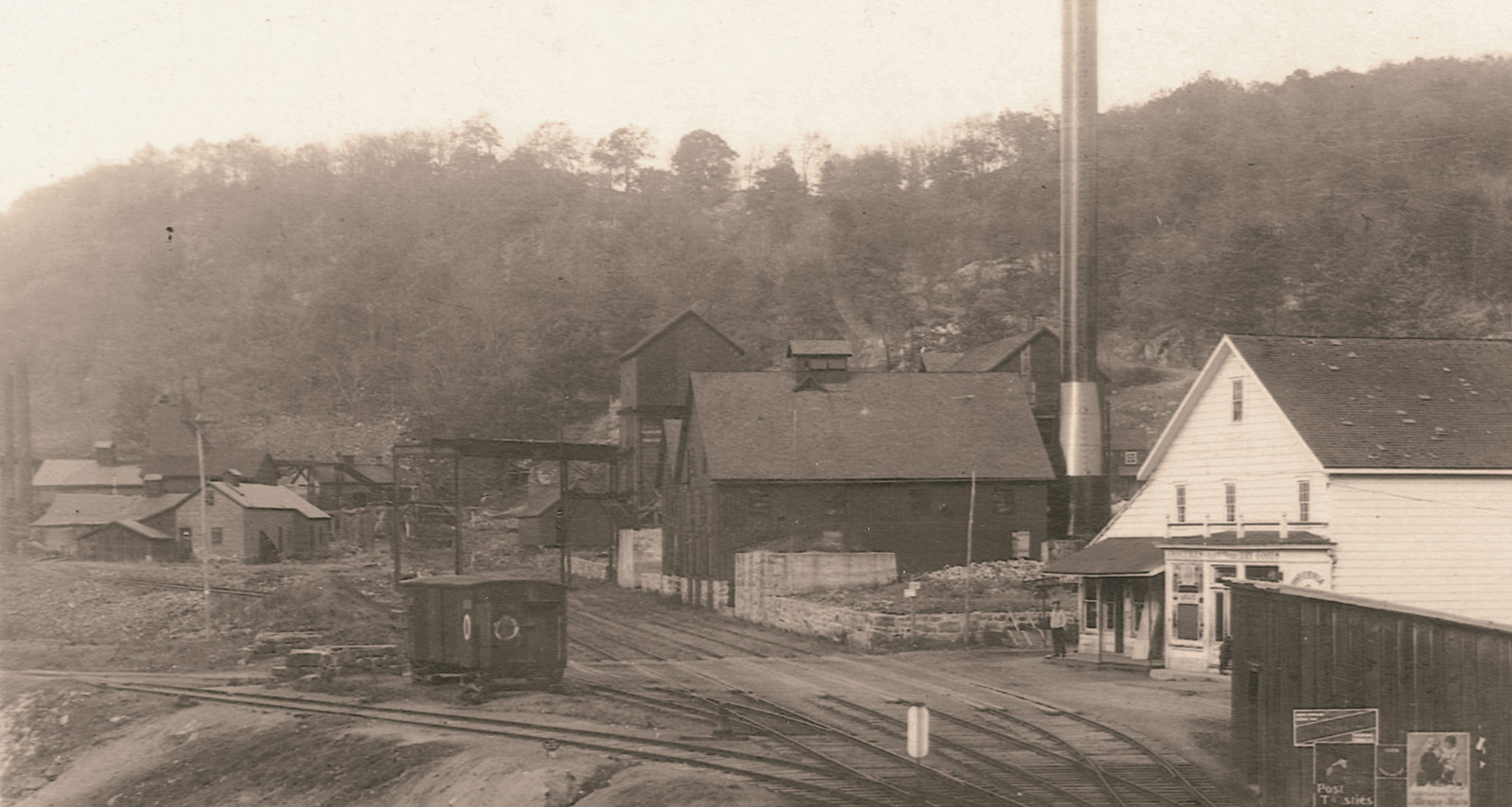
Year
1845
1850
1855
1860
1866
1871
1875
1880
1885
1890
1895
1900
Total
58259
239682
533204
707631
889220
629044
451045
503486
364554
394432
270778
125829
27392
Coal
12567
98100
290730
404464
459175
329584
250047
427606
301654
297417
259778
119479
20411
Iron Ore
5802
60055
113294
186064
290165
185482
99607
44897
21803
54889
0
0
0
Other Cargos
39890
81527
149180
117103
139880
113987
101390
30987
41095
42125
11153
6350
6981
Gross Income
$18,997
$94,224
$272,125
$350,710
$616,350
$283,725
$270,216
$215,667
$101,487
$120,283
$208,557
$111,072
$52,076
The peak year for tonnage and profits was 1866.
Iron Mine Railroads
Numerous tramways and railroads were built to bring ore from mines to the docks on the canal. Most eventually became through railroads.
- Dell Mine Tramway
- Hibernia Mine Railroad
- Mount Hope Mineral Railroad
- Mount Hope Tramway
- Ogden Mine Railroad brought iron ore from the mine to Nolan’s Point on Lake Hopatcong; here it was loaded into canal boats.
- In 1880, 108,000 tons of ore were moved in 1,500 boatloads.
- Sussex Branch Tramway and Railroad
Important Dates
Nov 15, 1822 | Act to investigate the feasibility of the canal passed
Dec 31, 1824 | Morris Canal & Banking Company chartered by the State of New Jersey
Jul 12, 1825 | Construction starts near the present town of Ledgewood
Nov 4, 1831 | First trip from Newark to Phillipsburg
1832 | First full boating season
1836 | Jersey City extension completed – 11.75 miles
1844 | Company is reorganized
1849 | Banking privileges eliminated
1841 & 1845 | Canal enlargements
1847 – 1860 | Inclined planes rebuilt to accommodate boats with 70-ton cargos
1856 – 1870 | DL&W Railroad transports coal from northern fields to the canal docks at Washington
1871 | Canal leased by the Lehigh Valley Railroad for 999 years (in perpetuity)
Nov 29, 1922 | State of New Jersey takes over the canal
Spring, 1924 | Canal drained
Dec 31, 1974 | MC&BC charter was due to expire in 1974. However, the company still exists as part of the State of New Jersey DEP
Morris Canal Fact Sheet (PDF)
Photo Gallery
Phillipsburg
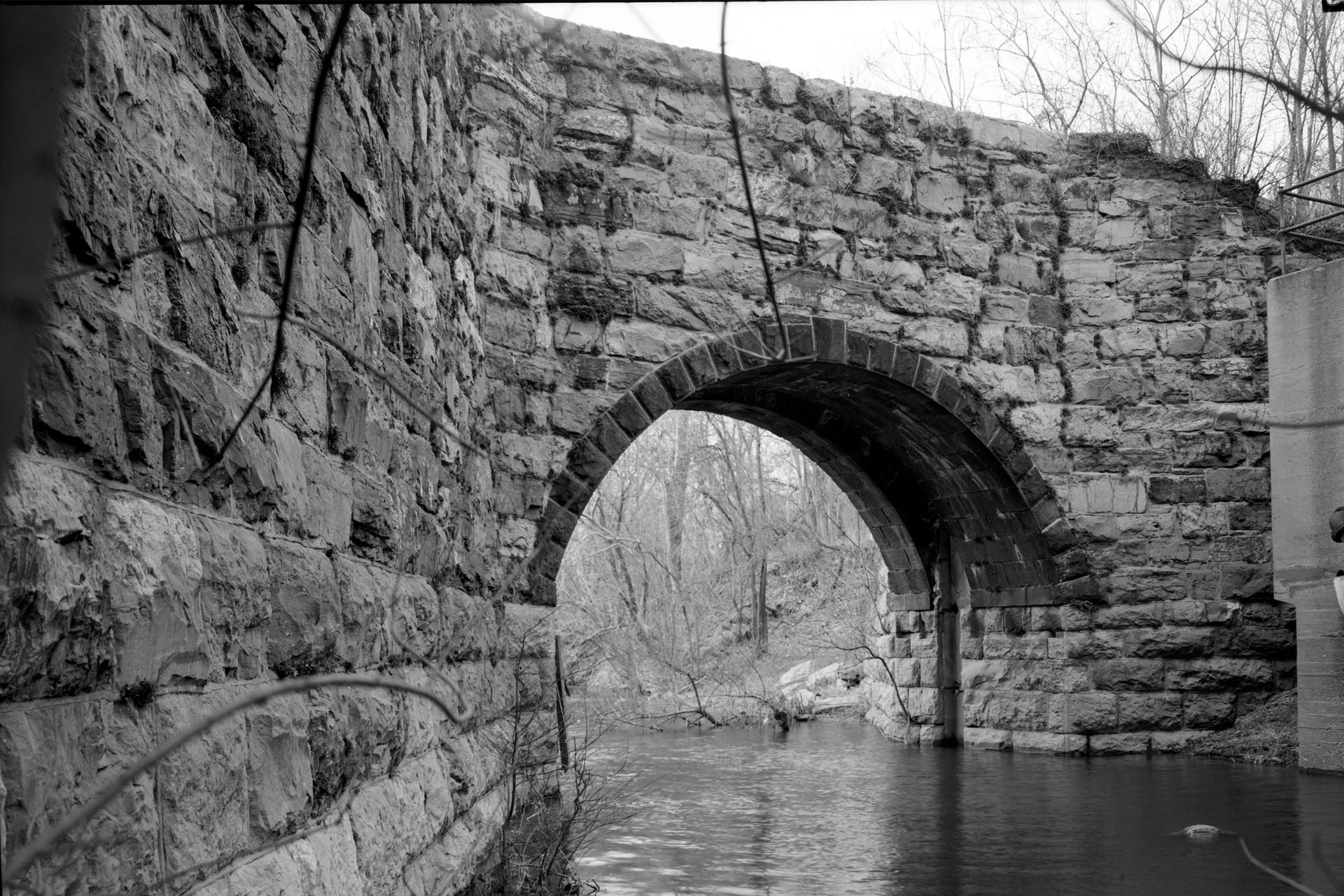
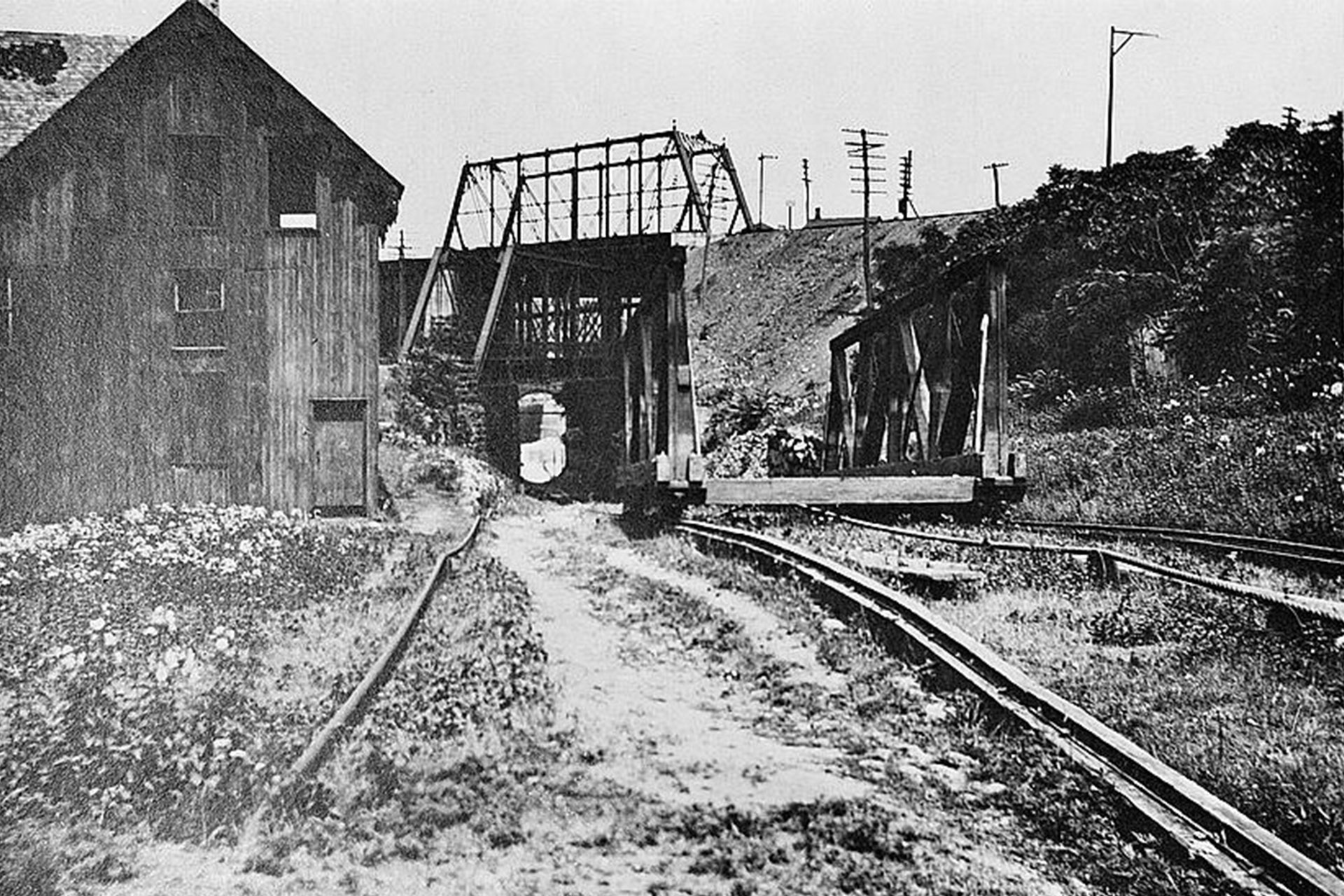
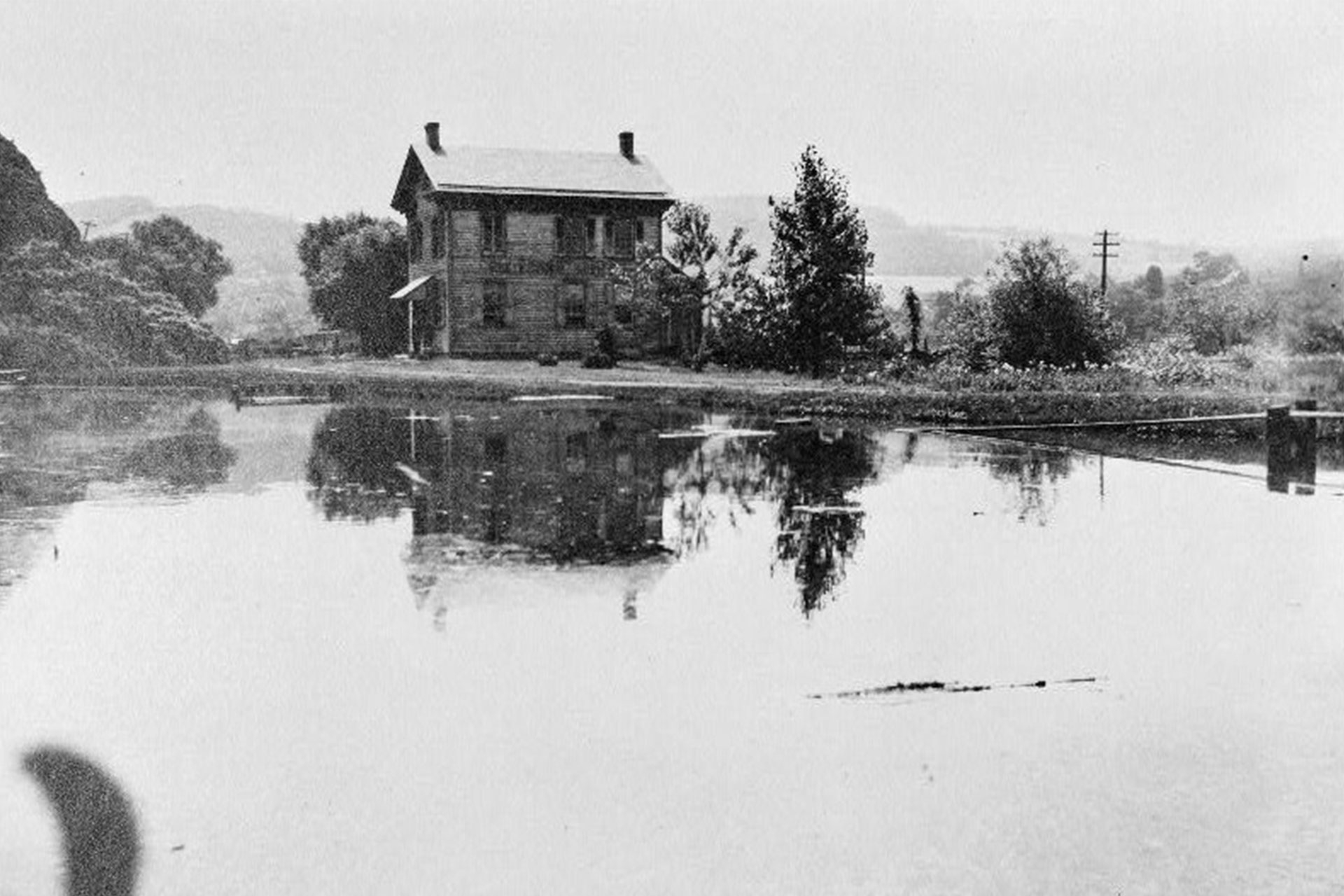
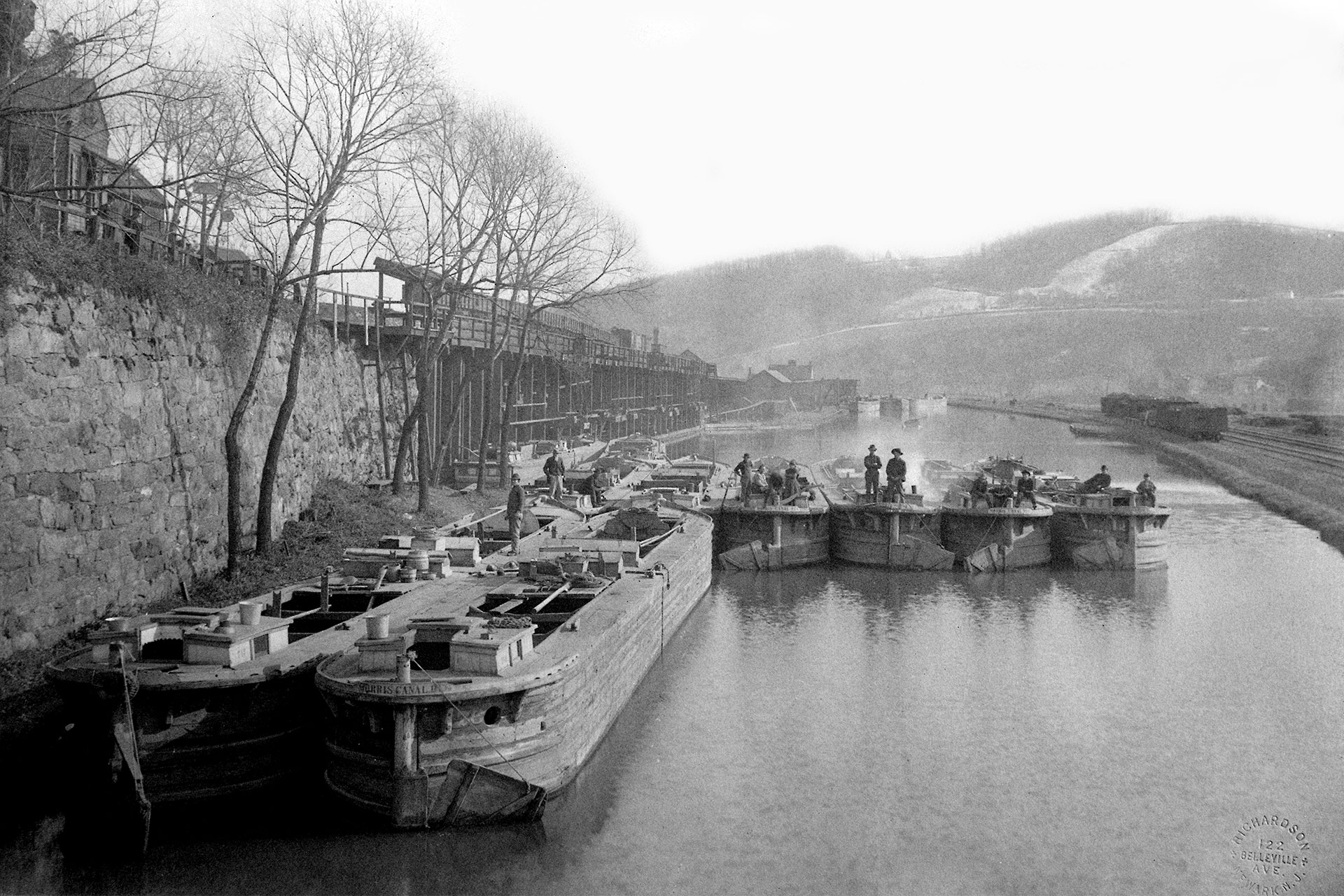
Green's Bridge
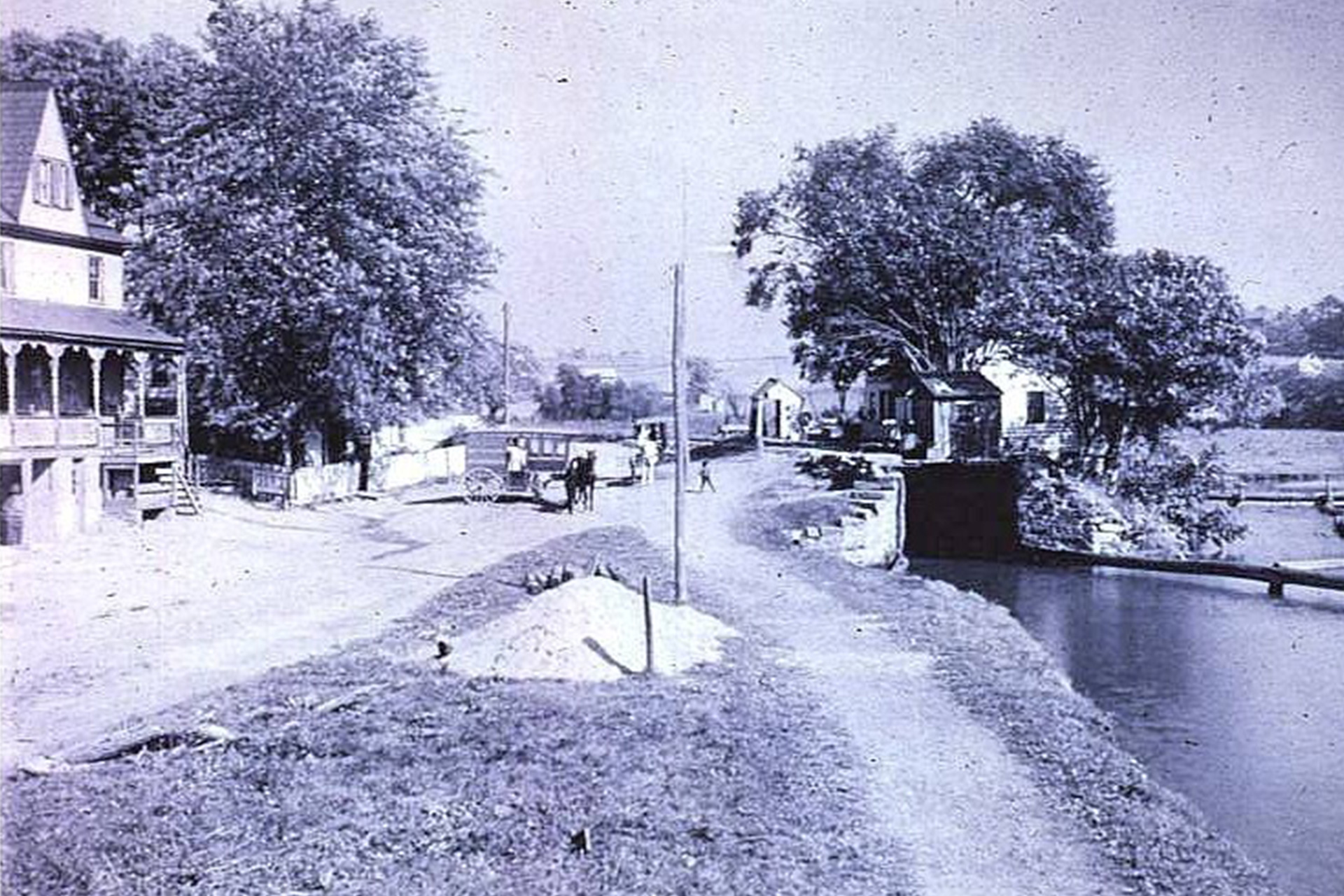
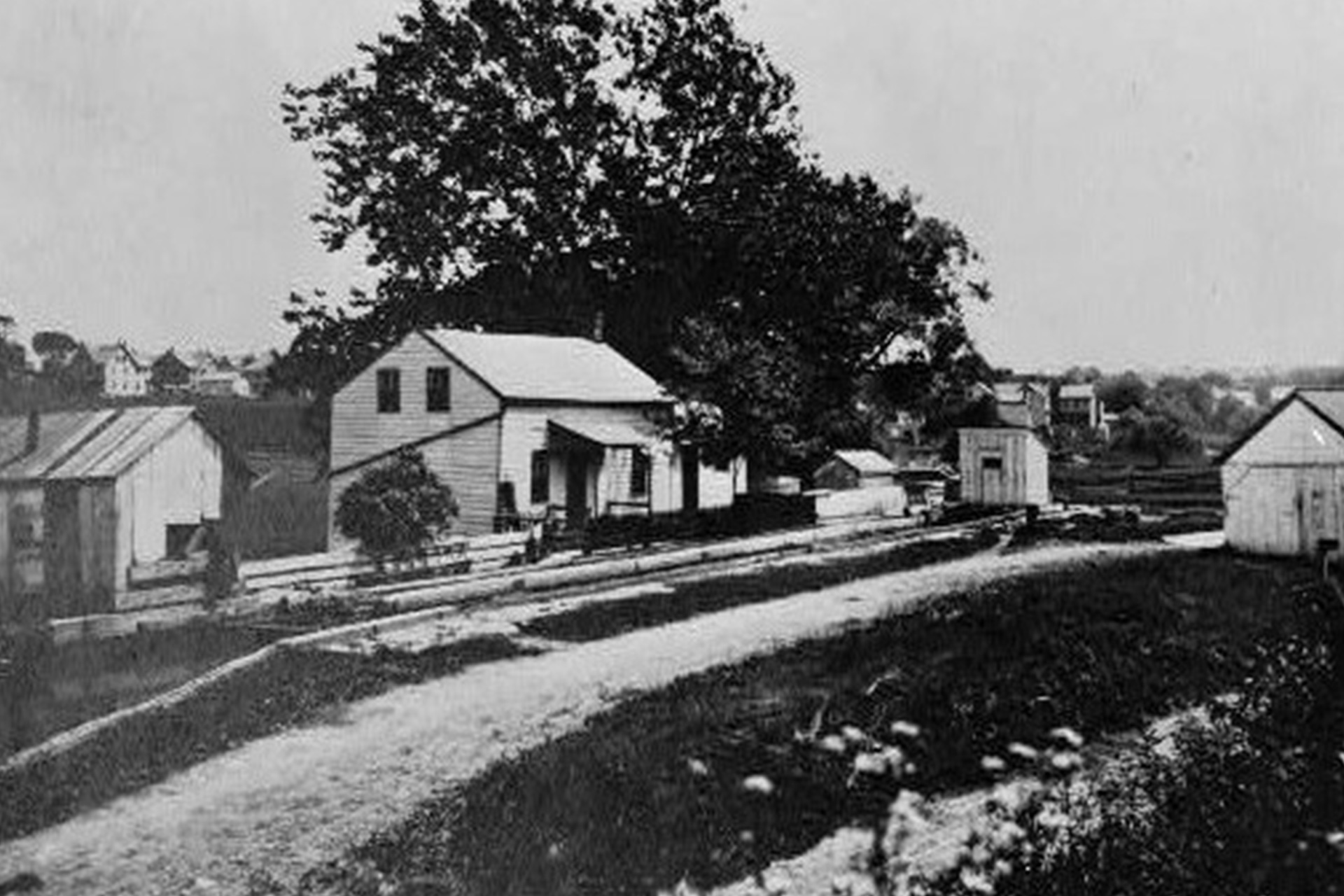
Stewartsville
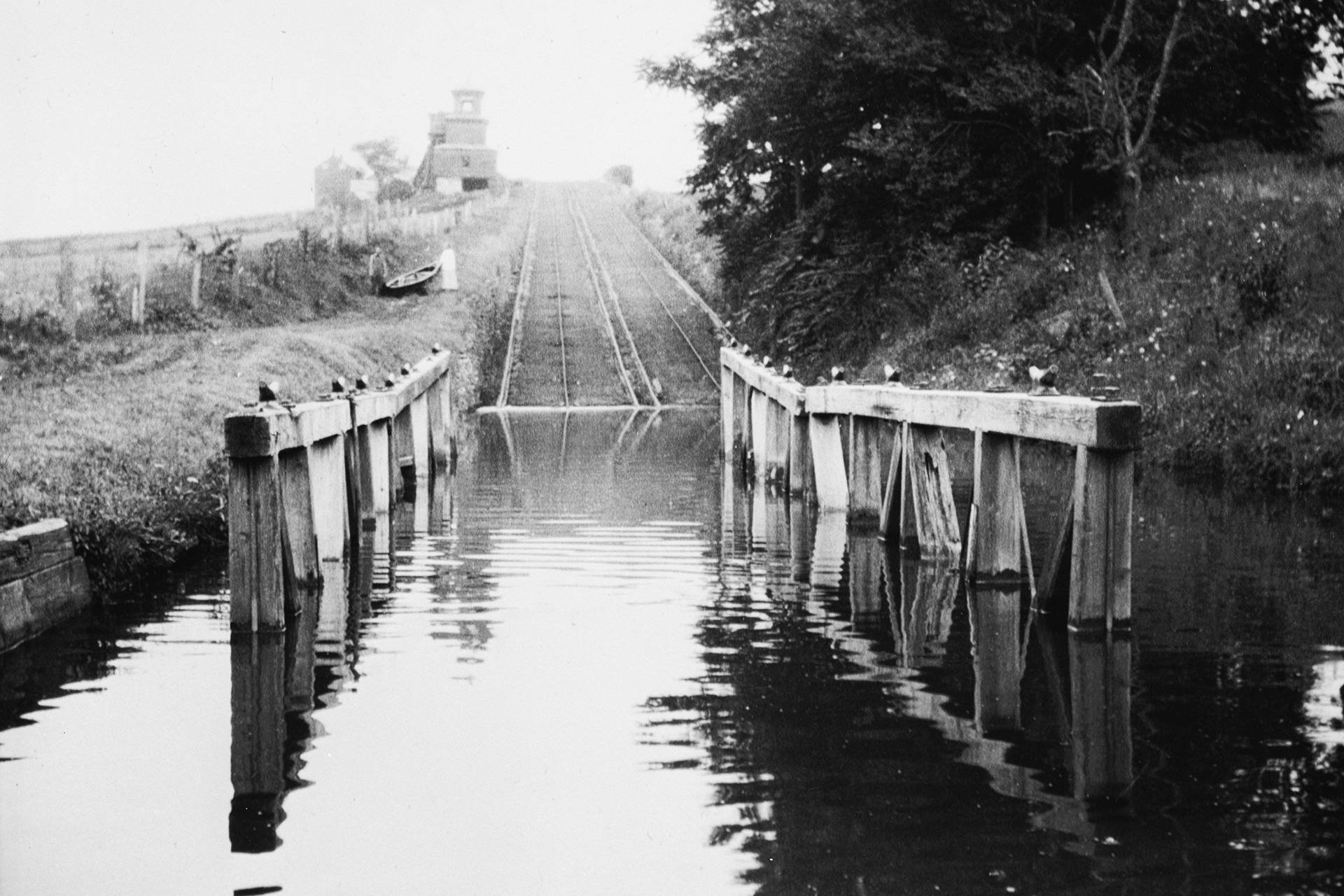
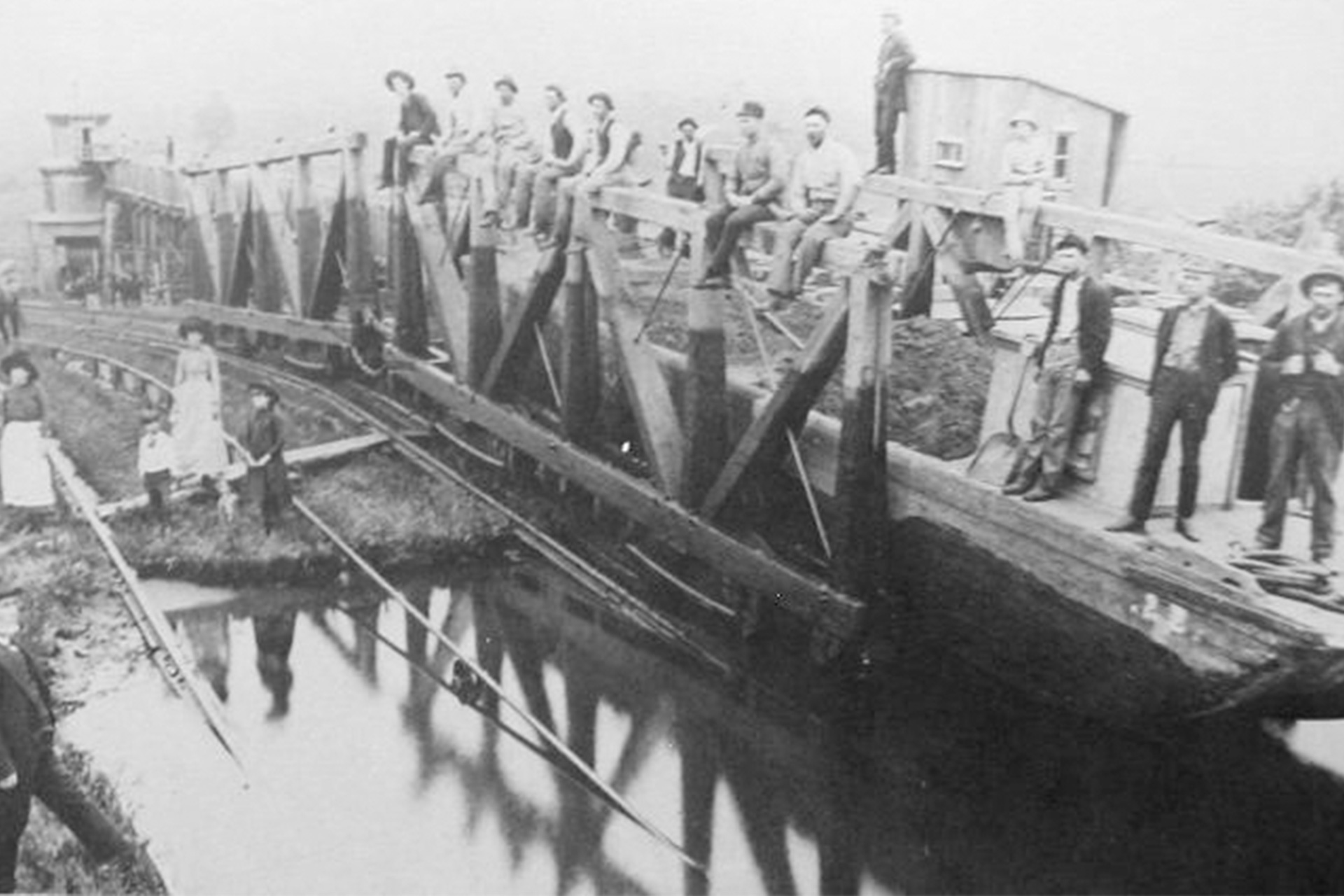
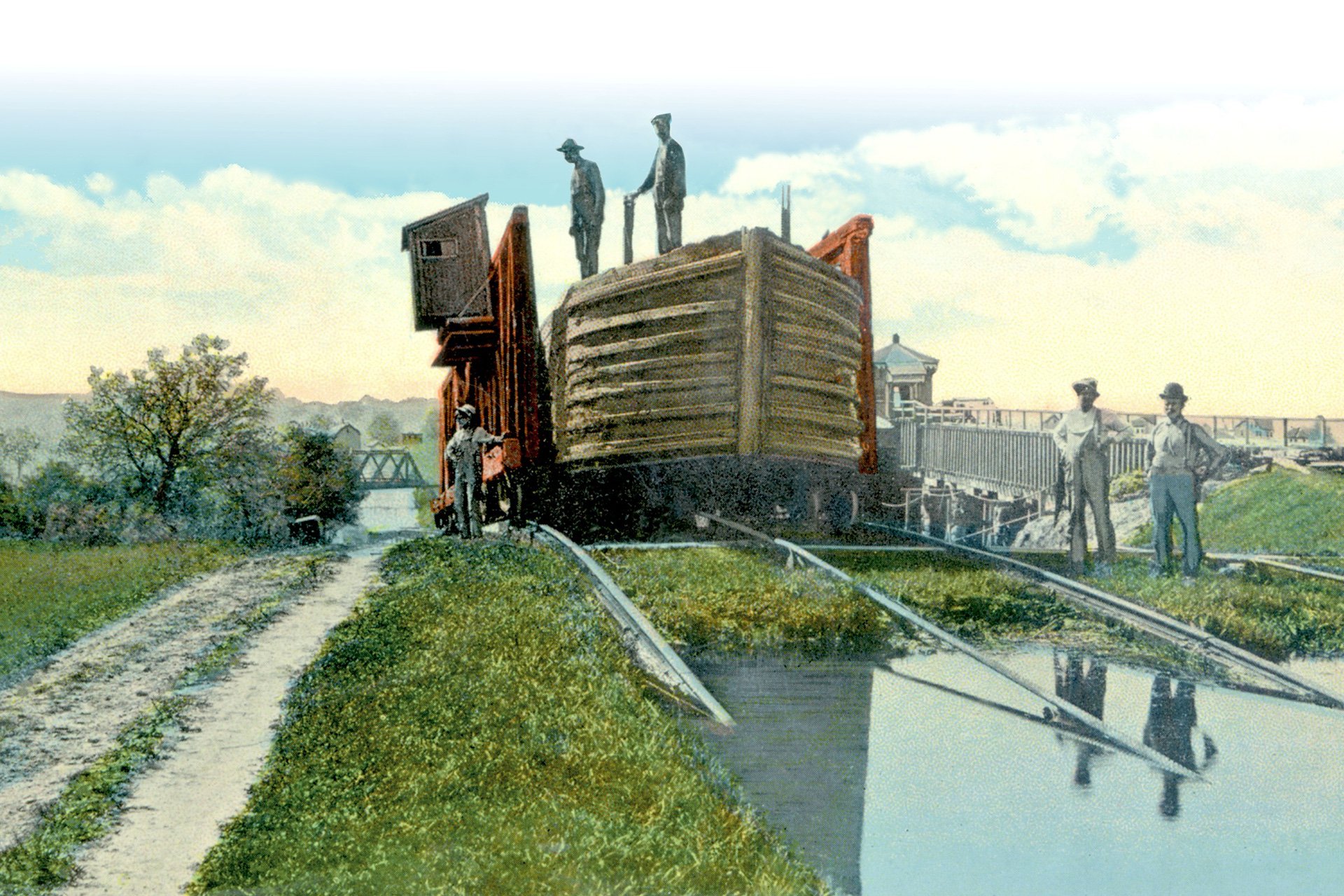
Bowerstown - Washington
